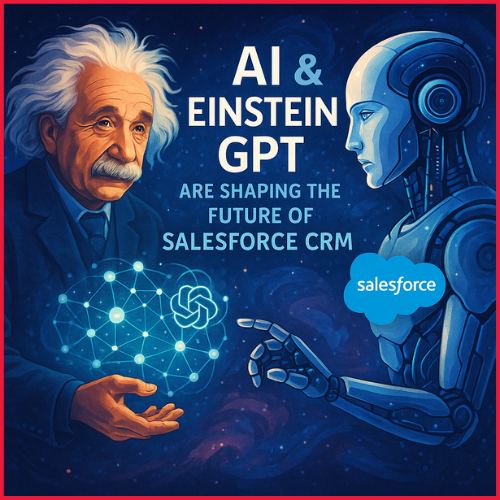According to industry experts, India’s technology industry is well-positioned to take advantage of the $4 trillion opportunity that the worldwide market for generative artificial intelligence (genAI) is expected to present.
However, a report by Nasscom and McKinsey & Company indicates that it will need to make strategic changes in a number of areas.
According to the estimate, GenAI will produce an annual economic value of $2.6-4.4 trillion. 75% of this will be concentrated in areas like software engineering, customer operations, product and R&D, and sales and marketing that make up the main service lines for technology service providers.
According to Ankit Bose, director of AI at Nasscom, “the Indian IT sector is sitting on a goldmine.” It just depends on how far we dig.
The development of more than 100 new genAI use cases might result in an extra 15-20% growth as suppliers reinvent current solutions or build new ones over the next five years, increasing the addressable market for the IT sector.
According to Bose, tech service providers should develop the skills necessary to improve their current account while optimising delivery productivity, sales excellence, and total SG&A.
In the next two to three years, GenAI is anticipated to increase delivery productivity by up to 30%. Gains are also anticipated along the whole value chain of sales and marketing, from lead generation to quicker sales plan formulation, according to the report.
Over the next three years, F&A, legal, and HR tasks are anticipated to increase in productivity by 40%.
According to Ankur Puri, partner at McKinsey & Company, businesses using data to utilise genAI also present potential for Indian digital service providers. “Someone must oversee the management of all data and the upkeep of the technology stack within which risk guardrails must be constructed…Nobody else is in a better position to do this than them.
He added that finding new use cases, experimenting, and innovating will be crucial.
The report identified seven fundamental areas for reorientation for businesses: strategy for rapid scaling, technology and partnerships across the tech stack, a data pipeline for model development and fine-tuning, an operating model supporting collaboration and experimentation, talent requirements, risk management and governance, adoption and change management, and.
But it’s important to make sure the computational infrastructure is adequate. To work together and construct this, Bose added, “government, ourselves, and the business sector must make a significant effort and investment in many ways.
According to the report, IT job roles will change, having a greater impact at lower levels, and workforces must be upskilled. “A loss of jobs is unlikely,” Puri added. “There is a challenge of scale and there is a challenge of pace.”
The paper noted that GenAI technology is in its infancy and that there is no obvious “winning strategy” to deal with the unclear cost economics, consumer preparedness, regulatory, and legal limits. But Puri pointed out that early adopters will gain.














